Home>Technology>Smart Home Devices>What Is Bypass Tray On Printer
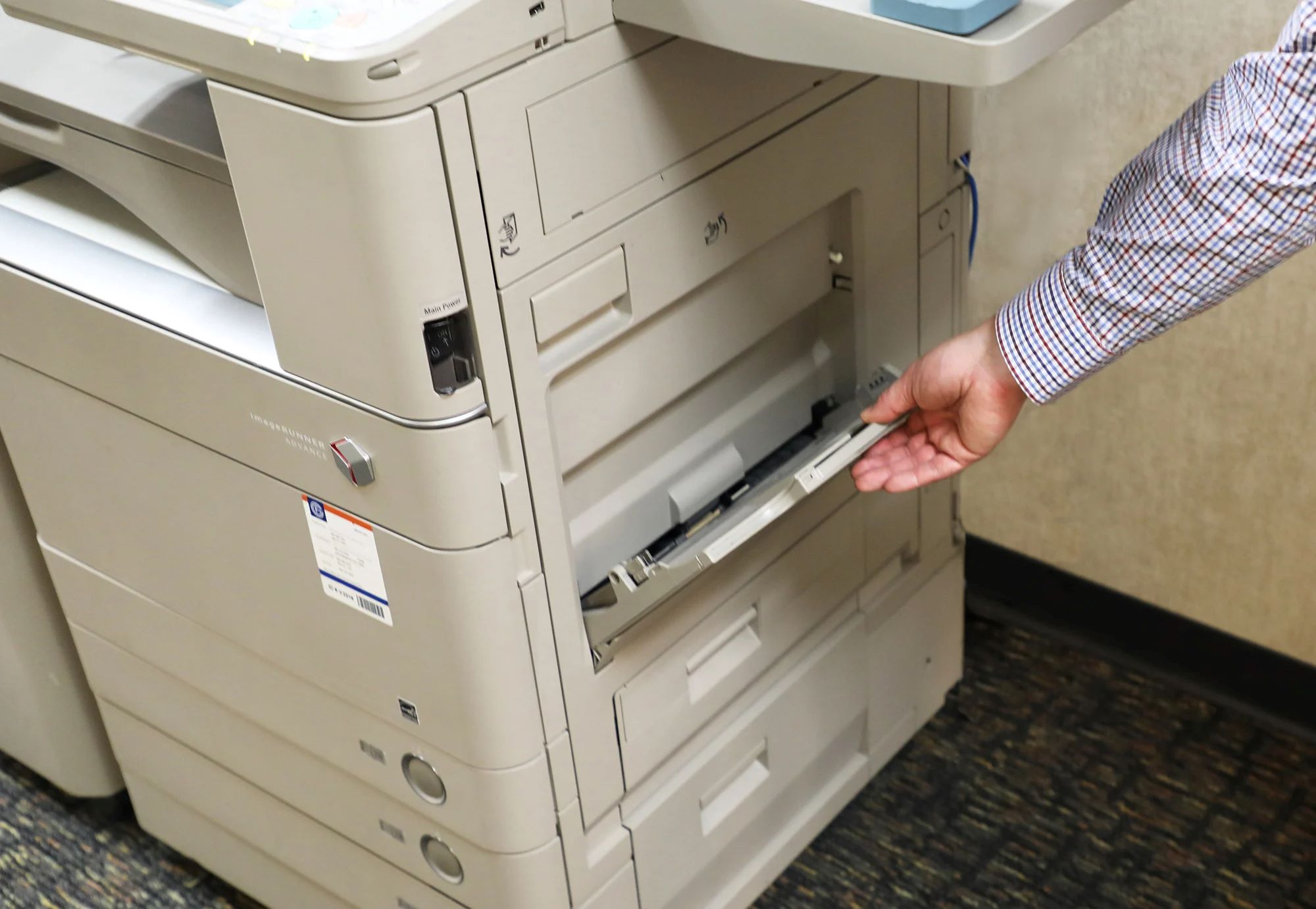

Smart Home Devices
What Is Bypass Tray On Printer
Published: January 10, 2024
Learn how the bypass tray on a printer can enhance your smart home devices. Find out its uses and benefits for seamless printing.
(Many of the links in this article redirect to a specific reviewed product. Your purchase of these products through affiliate links helps to generate commission for Storables.com, at no extra cost. Learn more)
Introduction
Welcome to the world of printers, where every component plays a crucial role in delivering efficient and versatile printing capabilities. One such essential component is the bypass tray, a feature that often goes unnoticed but holds significant value in enhancing the functionality of a printer.
In the following sections, we will delve into the purpose, operation, and benefits of a bypass tray, shedding light on its importance in the realm of printing technology. Whether you are a seasoned professional or a curious enthusiast, this article aims to unravel the mysteries surrounding the bypass tray, empowering you with valuable insights into its role within the printing ecosystem. So, let's embark on a journey to uncover the wonders of this seemingly modest yet indispensable printer component.
Key Takeaways:
- The bypass tray on a printer allows you to print on different paper types and sizes without replacing the standard paper, making printing more versatile and convenient for various needs.
- By using the bypass tray, you can easily print envelopes, cardstock, transparencies, labels, and custom paper sizes, expanding your printing possibilities and saving time and effort.
Read more: What Is A Dual Tray Printer
Purpose of a Bypass Tray
The bypass tray, also known as the multipurpose tray, serves a vital purpose in a printer's functionality. Its primary role is to enable the printing of documents on various paper types and sizes without the need to unload the standard paper from the main tray. This feature provides users with the flexibility to print on specialty media, such as envelopes, cardstock, transparencies, and labels, without disrupting their regular printing workflow.
Moreover, the bypass tray allows for quick and convenient printing of urgent or one-off documents, eliminating the need to change the paper in the main tray. This is particularly beneficial in office environments where time is of the essence, as it streamlines the printing process and minimizes downtime.
Additionally, the bypass tray facilitates the printing of non-standard paper sizes, such as legal or executive documents, offering users the versatility to handle a wide range of printing tasks without the constraints of standard paper dimensions.
Overall, the bypass tray serves as a versatile and efficient solution for accommodating diverse printing needs, making it an indispensable feature for individuals and businesses seeking enhanced printing capabilities.
How a Bypass Tray Works
The functionality of a bypass tray is designed to streamline the printing process and accommodate a variety of paper types and sizes. When a print job requires the use of specialty media or non-standard paper sizes, the bypass tray comes into play, offering a convenient alternative to the standard paper tray.
Upon selecting the bypass tray as the paper source for a print job, the printer directs the paper path to feed from this specific tray. This allows the user to load the desired paper type or size directly into the bypass tray, eliminating the need to replace the paper in the main tray. The printer then adjusts its internal mechanisms to align with the specifications of the media loaded in the bypass tray, ensuring accurate feeding and printing of the document.
Furthermore, modern printers are equipped with sensors that detect the paper type and size in the bypass tray, enabling the printer to adjust its settings automatically. This seamless integration simplifies the printing process, as users can rely on the printer to adapt to the characteristics of the loaded media without manual intervention.
In essence, the bypass tray works by providing a dedicated space for loading specialty media and non-standard paper sizes, allowing the printer to accommodate diverse printing requirements with ease and efficiency. This functionality not only enhances the versatility of the printer but also contributes to a seamless printing experience for users.
The bypass tray on a printer is a separate tray that allows you to manually feed in specialty paper or envelopes, without having to unload the main paper tray. This is useful for printing on different paper types without having to switch out the paper in the main tray.
Types of Paper Compatible with Bypass Tray
The bypass tray is designed to accommodate a wide range of paper types, enabling users to print on diverse media beyond standard letter or legal-sized sheets. Some of the common paper types compatible with the bypass tray include:
- Envelopes: The bypass tray allows for the effortless printing of envelopes, catering to various envelope sizes and orientations. This feature is particularly beneficial for businesses that frequently handle mailings and correspondence.
- Cardstock: Users can utilize the bypass tray to print on cardstock, creating professional-quality marketing materials, invitations, or presentations without the need for specialized printing equipment.
- Transparencies: The bypass tray facilitates the printing of transparencies, commonly used for presentations, overhead projections, and educational materials, enhancing the versatility of the printer for diverse applications.
- Labels: Printing labels becomes seamless with the bypass tray, allowing users to produce custom labels for shipping, organization, or product identification, expanding the utility of the printer in various settings.
- Custom Paper Sizes: The bypass tray accommodates non-standard paper sizes, such as legal, executive, or custom-sized documents, offering users the flexibility to handle unique printing requirements without constraints.
By supporting these diverse paper types, the bypass tray empowers users to unleash their creativity and meet specific printing needs without limitations. Whether it’s producing professional envelopes, vibrant marketing materials, or personalized labels, the bypass tray serves as a gateway to expanded printing possibilities, elevating the capabilities of the printer to new heights.
Benefits of Using a Bypass Tray
The utilization of a bypass tray offers a myriad of benefits that enhance the printing experience and expand the capabilities of a printer. Some of the key advantages of using a bypass tray include:
- Versatility: The bypass tray enables the printing of various paper types and sizes, allowing users to handle diverse printing tasks without limitations. This versatility empowers individuals and businesses to explore creative and practical printing applications beyond standard documents.
- Efficiency: By providing a dedicated space for specialty media, the bypass tray streamlines the printing process, especially when urgent or one-off documents need to be printed. This efficiency reduces downtime and enhances productivity in office environments.
- Convenience: Users can easily load and print on specialty media without the need to replace the paper in the main tray, offering a convenient solution for on-demand printing needs. This convenience simplifies the printing workflow and saves time for users.
- Professional Quality: The bypass tray facilitates the printing of high-quality materials, such as envelopes, cardstock, and transparencies, allowing users to produce professional-grade documents and marketing materials without the requirement for specialized printing equipment.
- Customization: With the ability to accommodate custom paper sizes and non-standard media, the bypass tray empowers users to customize their printing projects according to specific requirements, providing a tailored approach to document production.
Overall, the utilization of a bypass tray elevates the printing experience by offering flexibility, efficiency, and enhanced capabilities, making it an invaluable feature for individuals and businesses seeking to unleash the full potential of their printers.
Read more: How To Change Tray On Printer
Conclusion
As we conclude our exploration of the bypass tray, it becomes evident that this unassuming yet indispensable component plays a pivotal role in expanding the functionality and versatility of printers. From accommodating specialty media to facilitating the printing of non-standard paper sizes, the bypass tray empowers users to explore diverse printing applications with ease and efficiency.
By providing a dedicated space for loading envelopes, cardstock, transparencies, labels, and custom paper sizes, the bypass tray unlocks a world of printing possibilities, enabling users to produce professional-quality materials, personalized documents, and customized projects without limitations.
Furthermore, the convenience and efficiency offered by the bypass tray streamline the printing process, saving time and enhancing productivity, especially in fast-paced office environments where quick and versatile printing capabilities are essential.
Ultimately, the bypass tray stands as a testament to the continuous innovation and adaptability within the realm of printing technology, catering to the evolving needs of users and businesses alike. Its seamless integration with modern printers exemplifies a commitment to enhancing the user experience and expanding the horizons of printing applications.
As we embrace the era of digital transformation and creative expression, the bypass tray remains a steadfast ally, empowering users to unleash their imagination and meet diverse printing requirements with confidence and ease. Its role as a catalyst for innovation and efficiency solidifies its position as a fundamental component within the dynamic landscape of printing technology.
In essence, the bypass tray embodies the spirit of adaptability, versatility, and convenience, embodying the essence of modern printing capabilities and paving the way for a future where printing knows no bounds.
Frequently Asked Questions about What Is Bypass Tray On Printer
Was this page helpful?
At Storables.com, we guarantee accurate and reliable information. Our content, validated by Expert Board Contributors, is crafted following stringent Editorial Policies. We're committed to providing you with well-researched, expert-backed insights for all your informational needs.
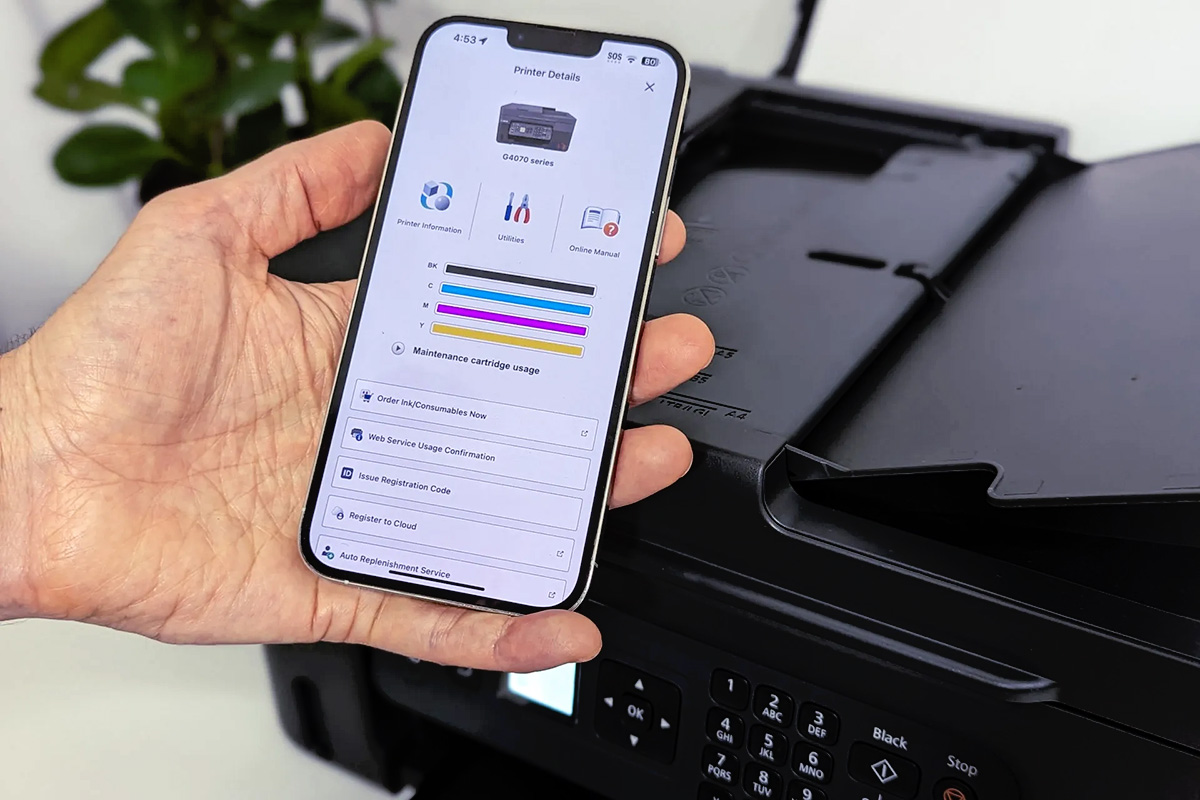
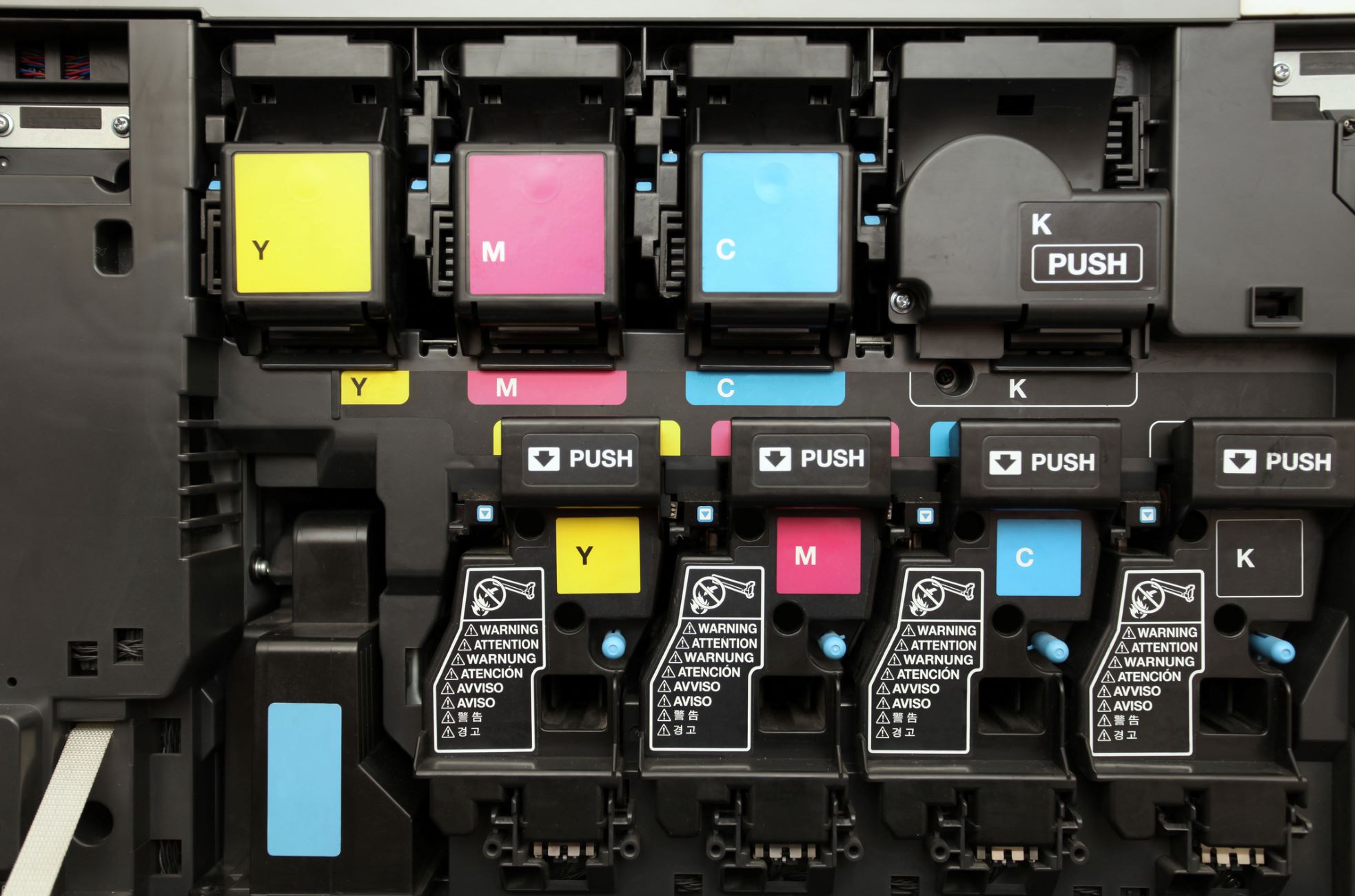
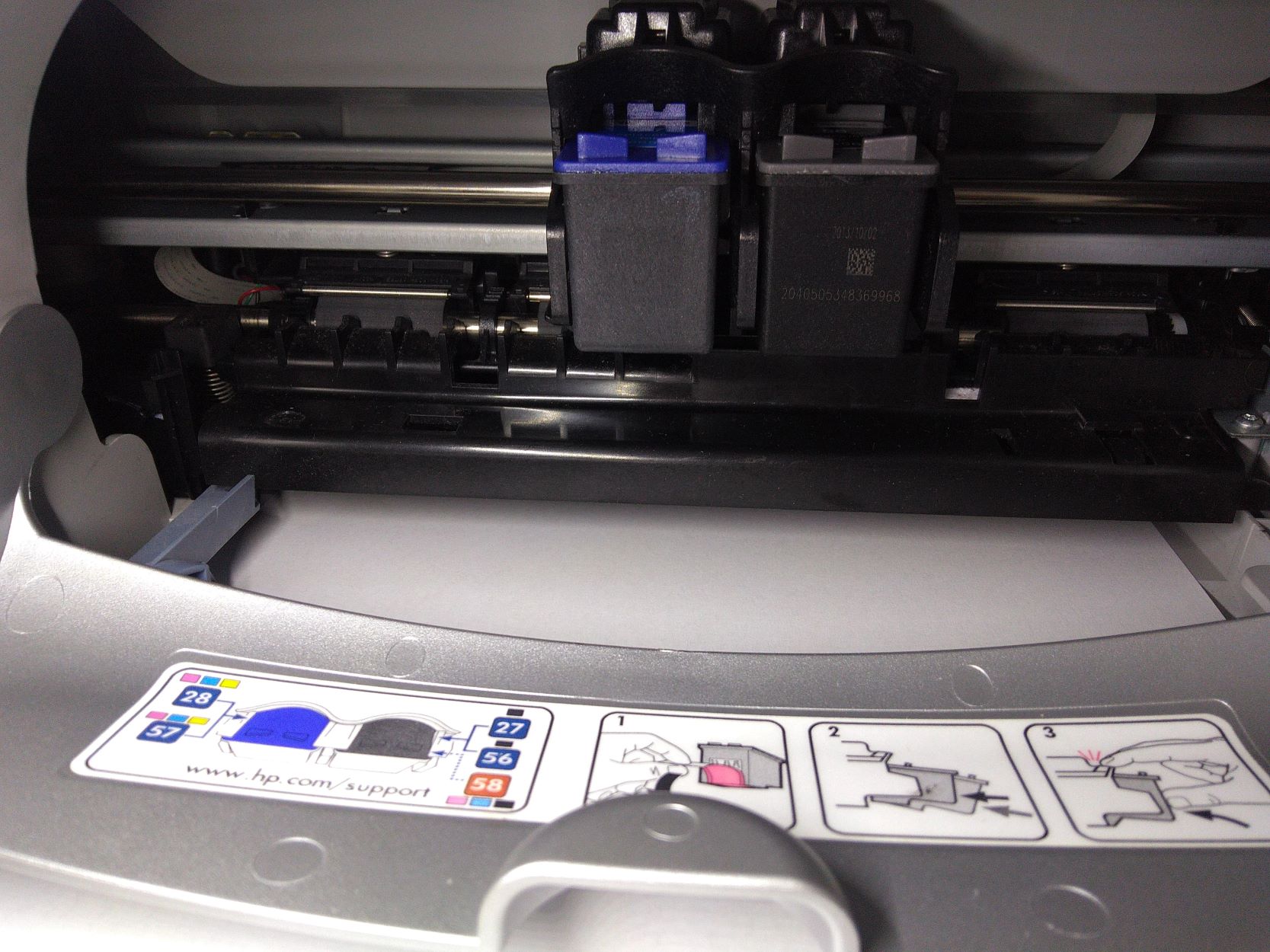
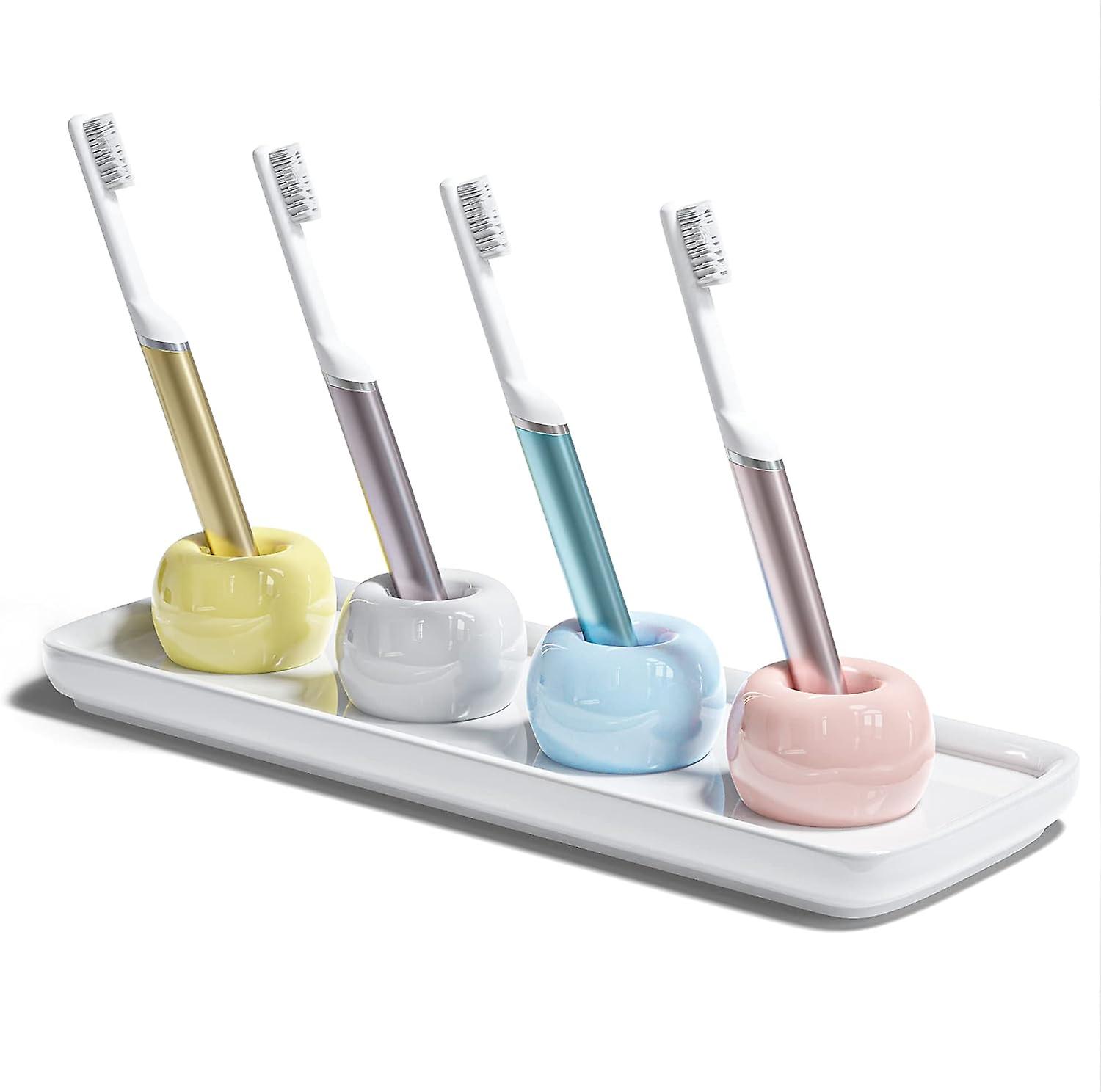
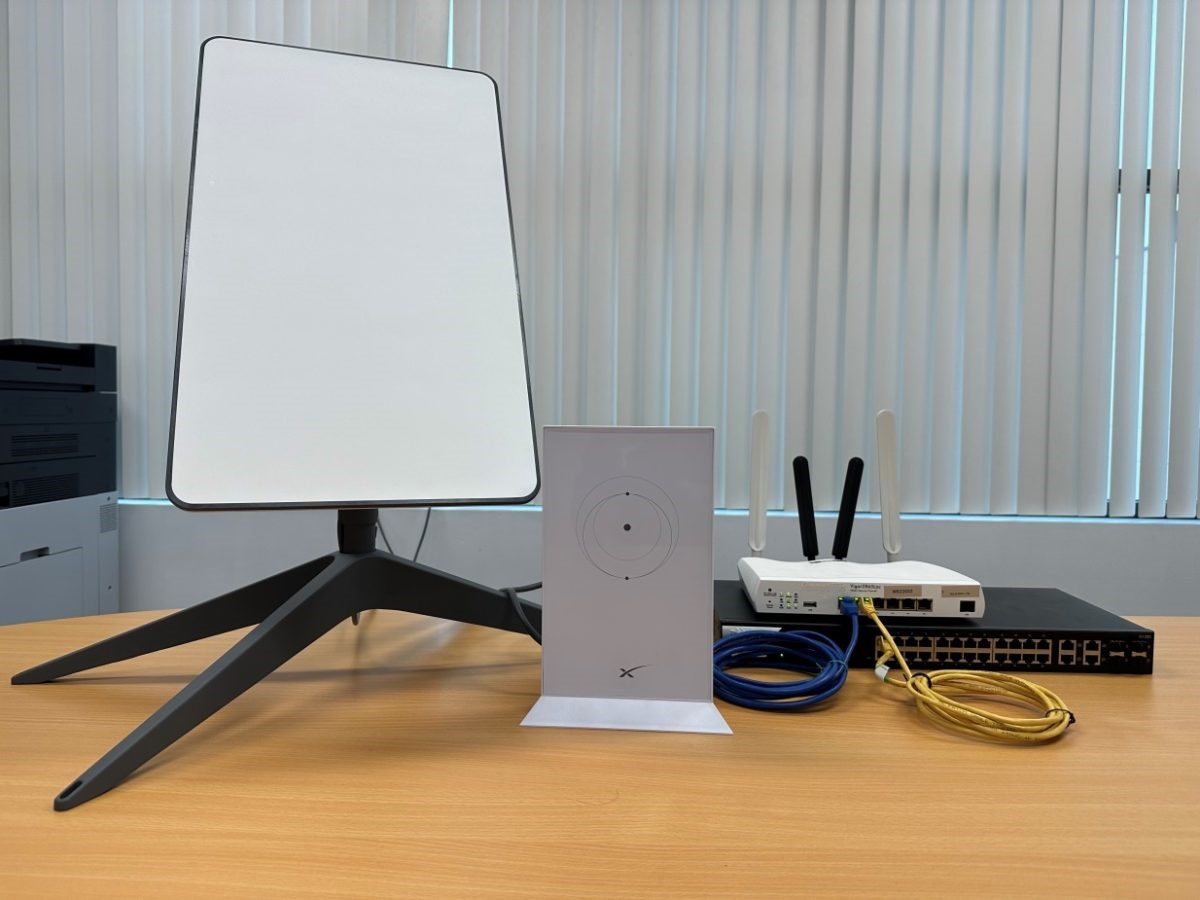
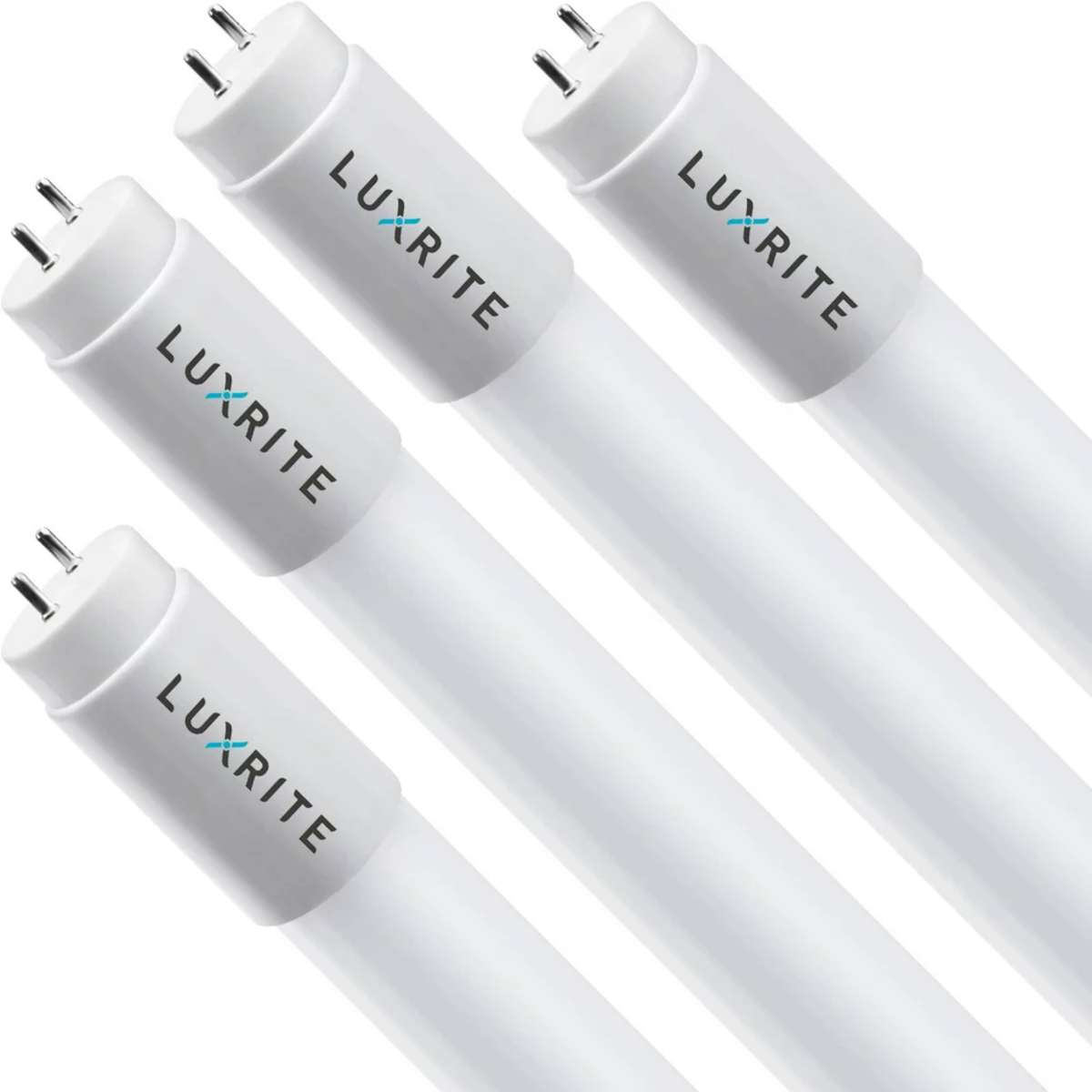





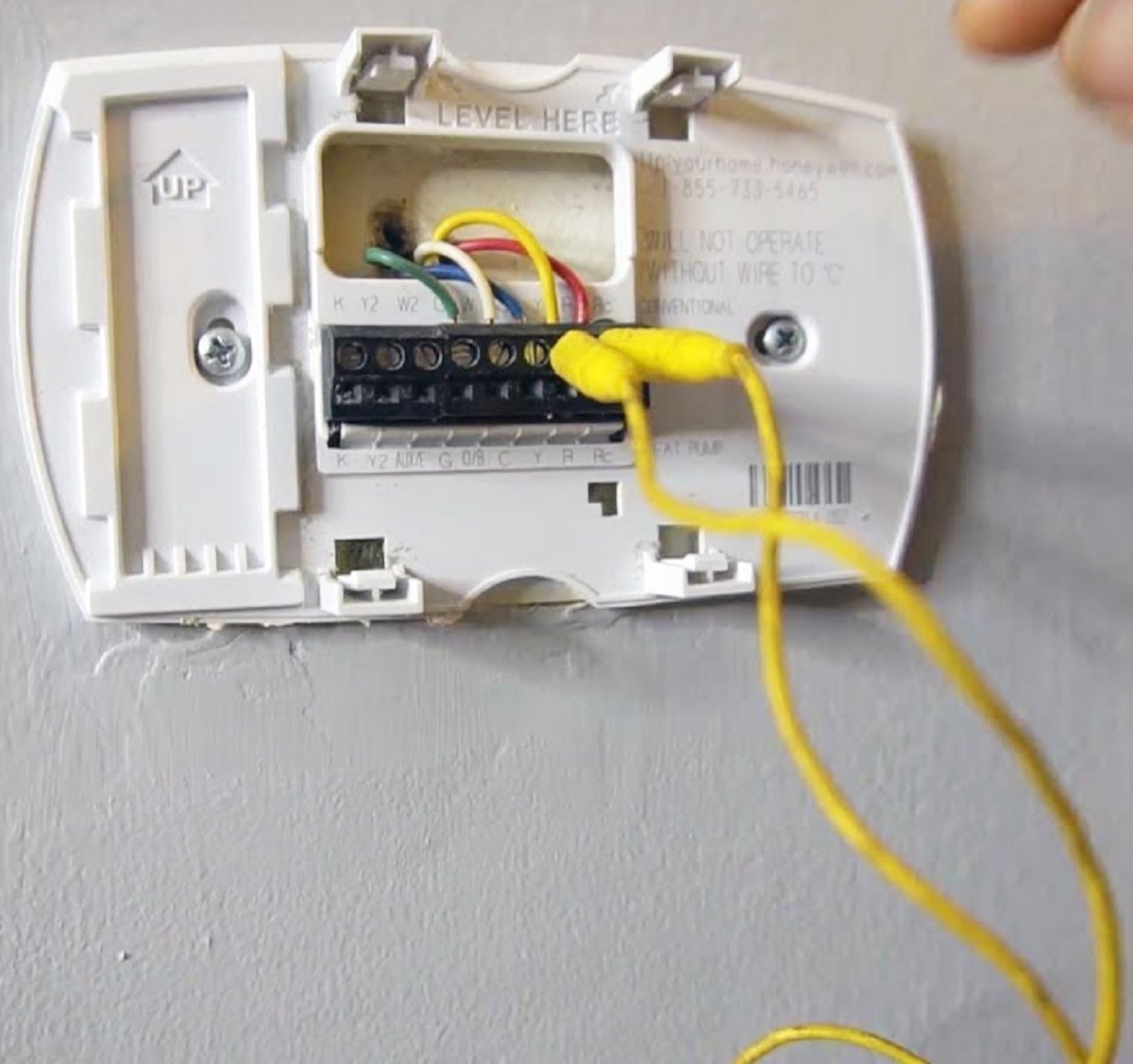

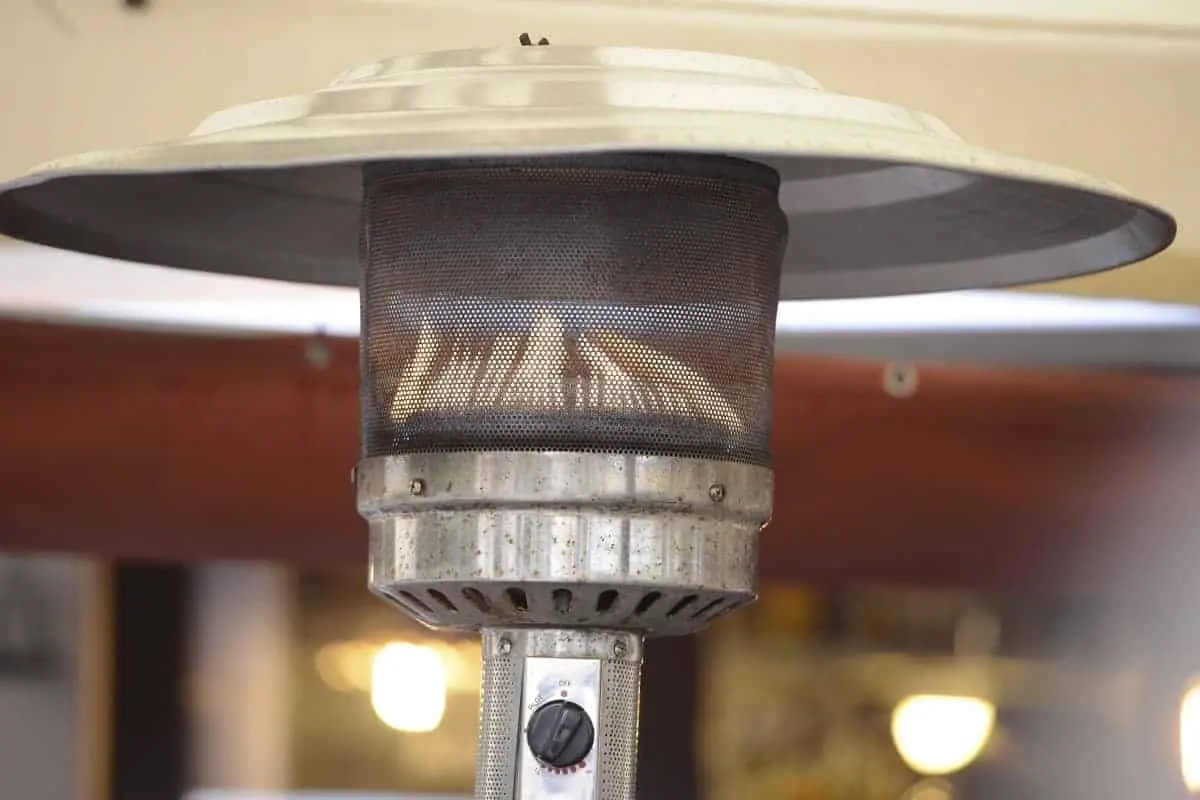

0 thoughts on “What Is Bypass Tray On Printer”